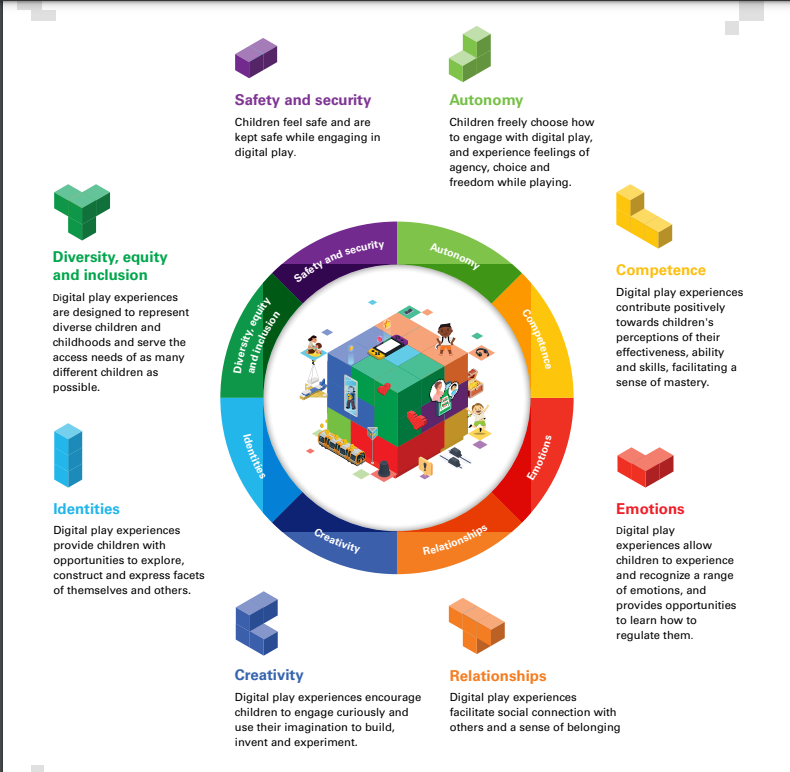Trending
Opinion: How will Project 2025 impact game developers?
The Heritage Foundation's manifesto for the possible next administration could do great harm to many, including large portions of the game development community.
The RITEC Design Toolbox was conceived as a means for designers to 'ensure their products are aligned with best practices for children's well-being.'
.png?width=1280&auto=webp&quality=95&format=jpg&disable=upscale)
UNICEF and Lego announced their collaboration on a recently released RITEC Design Toolbox (RDT), a guide for game designers on "[how to] incorporate support for children’s well-being into their design process."
According to the FAQ, the RDT encompasses different design facets (including UI and product design), and different management levels. Primarily, its purpose is to create a framework that "maps how the design of children’s digital experiences affects their well-being and provides guidance on how informed design choices can promote positive well-being outcomes."
In essence, LEGO and UNICEF want game designers to implement features that make online games safe for children to be themselves, connect with others their own age (and of different backgrounds and living situations), and grow their skills and as people. The suggested framework was developed in consultation with nearly 800 children across the globe, and covers key areas such as autonomy, safety, creativity, and diversity, equity, and inclusion (DEI).

The key aspects of Lego/UNICEF's RDT framework.
For example, if a designer wanted to use the framework to develop experiences based around autonomy? They need to make sure the experience lets kids "feel in control and make decisions about their gameplay [and] develop their own strategies to survive and progress."
Likewise, DEI-focused experiences should allow children to see themselves through their custom-made in-game avatars, including options for different skin tones and hairstyles or "assertive technologies" like wheelchairs and other mobility aids. It may also mean designing experiences for kids who do not have consistent internet access, or who have limited hardware and funds.
Quotes from children surveyed further show they have thoughts on each aspect: in the Autonomy section, a group of Bulgarian children (aged 12-15 years old) say they enjoy titles that give "opportunities for a child to make different choices." A 9-year-old in Australia added that games like Goat Simulator have helped her process her emotions: "If I’m feeling angry, sometimes I just go headbutt a tree or something."
Concerns about video games' effect on kids have always been a talking point, and become more prominent within the past decade. It's only been relatively recently that the industry has made a greater effort to address this, as large game platforms like Roblox and Fortnite have increased their child safety measures to ensure their young players are interacting with the right people or know what player-made content they're getting into.
The risk of young players enduring harassment or witnessing supremacist ideology has also been an issue in recent years. Things have gotten to the point where the U.S. Congress and specific senators have taken platform holders like PlayStation and Valve to task for not addressing the pockets of extremism within their individual platforms and games more broadly.
More information on the RDT can be read here.
You May Also Like